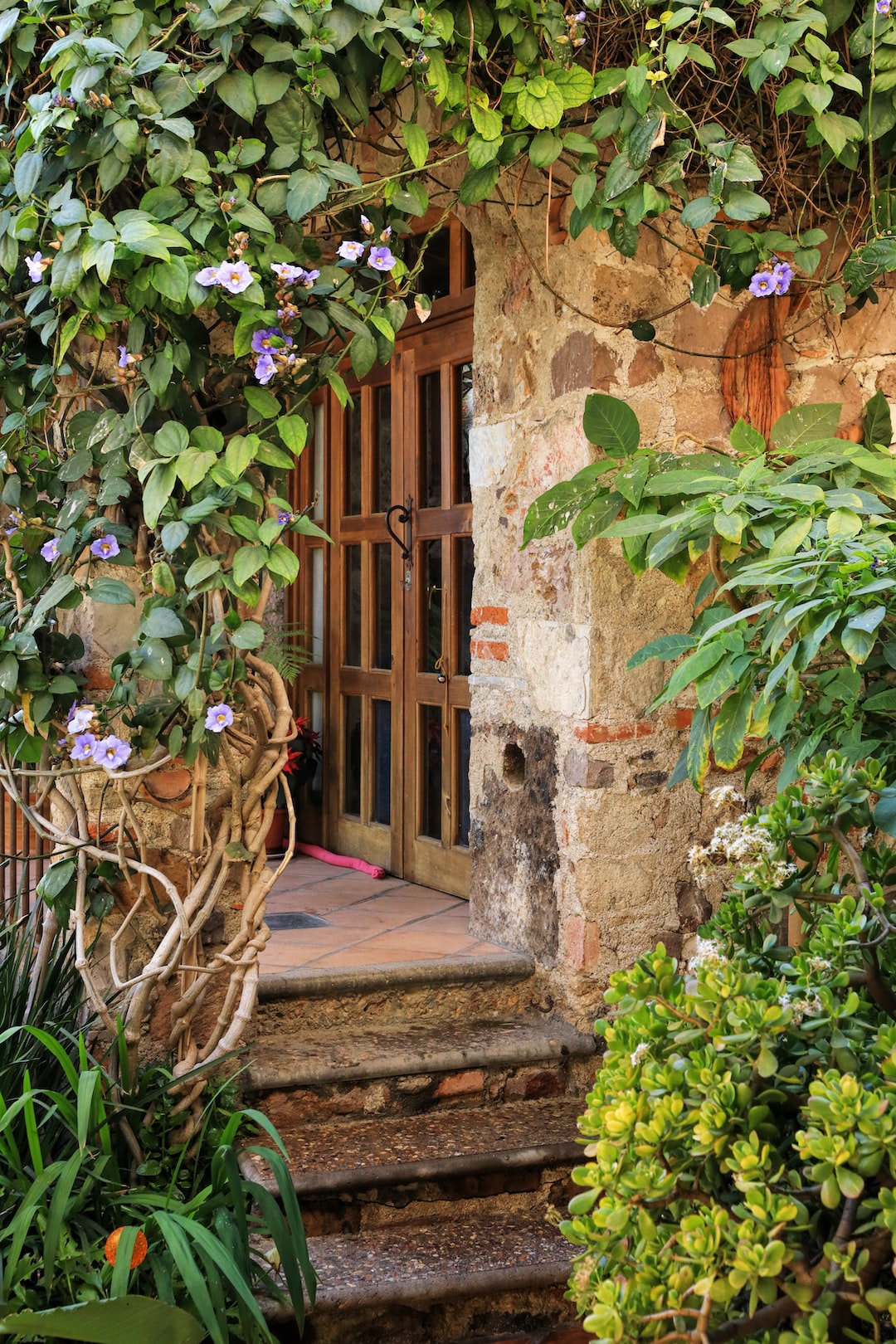Beekeeping is a rewarding and fulfilling hobby that requires time and dedication. But what if you’re a busy beekeeper who also enjoys gardening? Can you combine the two and create a thriving garden while tending to your bees? The answer is a resounding yes! With a few garden tips tailored specifically for busy beekeepers, you can enjoy the best of both worlds – the joy of beekeeping and the beauty of a lush garden.
1. Choose bee-friendly plants: As a beekeeper, you understand the importance of providing a healthy environment for your bees. Incorporate bee-friendly plants in your garden to attract and support these essential pollinators. Some popular bee-friendly plants include lavender, sunflowers, borage, and wildflowers. Not only will these plants create a vibrant garden, but they will also provide a food source for your bees.
2. Plan your garden layout strategically: To make the most of your time, plan your garden layout strategically. Consider grouping your plants based on their water and sunlight requirements. This will help minimize the time spent watering and ensure that each plant receives the necessary amount of sunlight.
3. Mulch, mulch, mulch: Mulching is a time-saving garden technique that helps retain moisture, suppress weeds, and regulate soil temperature. Apply a thick layer of organic mulch around your plants to save time on watering and weeding. This will provide a more consistent moisture level for your plants while reducing the need for frequent watering.
4. Install a drip irrigation system: Busy beekeepers often struggle to find time for regular watering. Installing a drip irrigation system can be a game-changer for your garden. It allows for automated and efficient watering, ensuring that your plants receive a consistent water supply without your constant intervention. This will free up your valuable time and keep your garden thriving.
5. Embrace companion planting: Companion planting is a technique that involves growing compatible plants together to maximize space, deter pests, and improve pollination. By strategically planting compatible flowers, herbs, and vegetables, you can create a harmonious ecosystem in your garden that supports both your bees and your plants. For example, planting marigolds alongside your vegetables can deter pests while attracting bees.
6. Create a pollinator-friendly habitat: In addition to bee-friendly plants, incorporate other elements that attract various pollinators. Add a small water source such as a shallow birdbath or a water feature with pebbles for bees to access water safely. Include nesting spots like small piles of twigs and logs for solitary bees. Creating a pollinator-friendly habitat will not only benefit your bees but also enhance the biodiversity of your garden.
7. Utilize vertical gardening techniques: For busy beekeepers with limited space, vertical gardening techniques can be a lifesaver. Use trellises, hanging baskets, and vertical planters to maximize your growing space. By utilizing vertical gardening, you can grow more plants in a smaller area, making your garden more productive and manageable.
Combining the art of beekeeping and gardening might seem daunting at first, but with these garden tips tailored specifically for busy beekeepers, you can create a beautiful garden that supports both your bees and your love for nature. Remember to plan strategically, choose bee-friendly plants, utilize time-saving techniques like mulching and drip irrigation, embrace companion planting, create a pollinator-friendly habitat, and consider vertical gardening techniques. By incorporating these tips into your gardening routine, you’ll find that beekeeping and gardening can blend seamlessly, allowing you to enjoy the best of both worlds.


